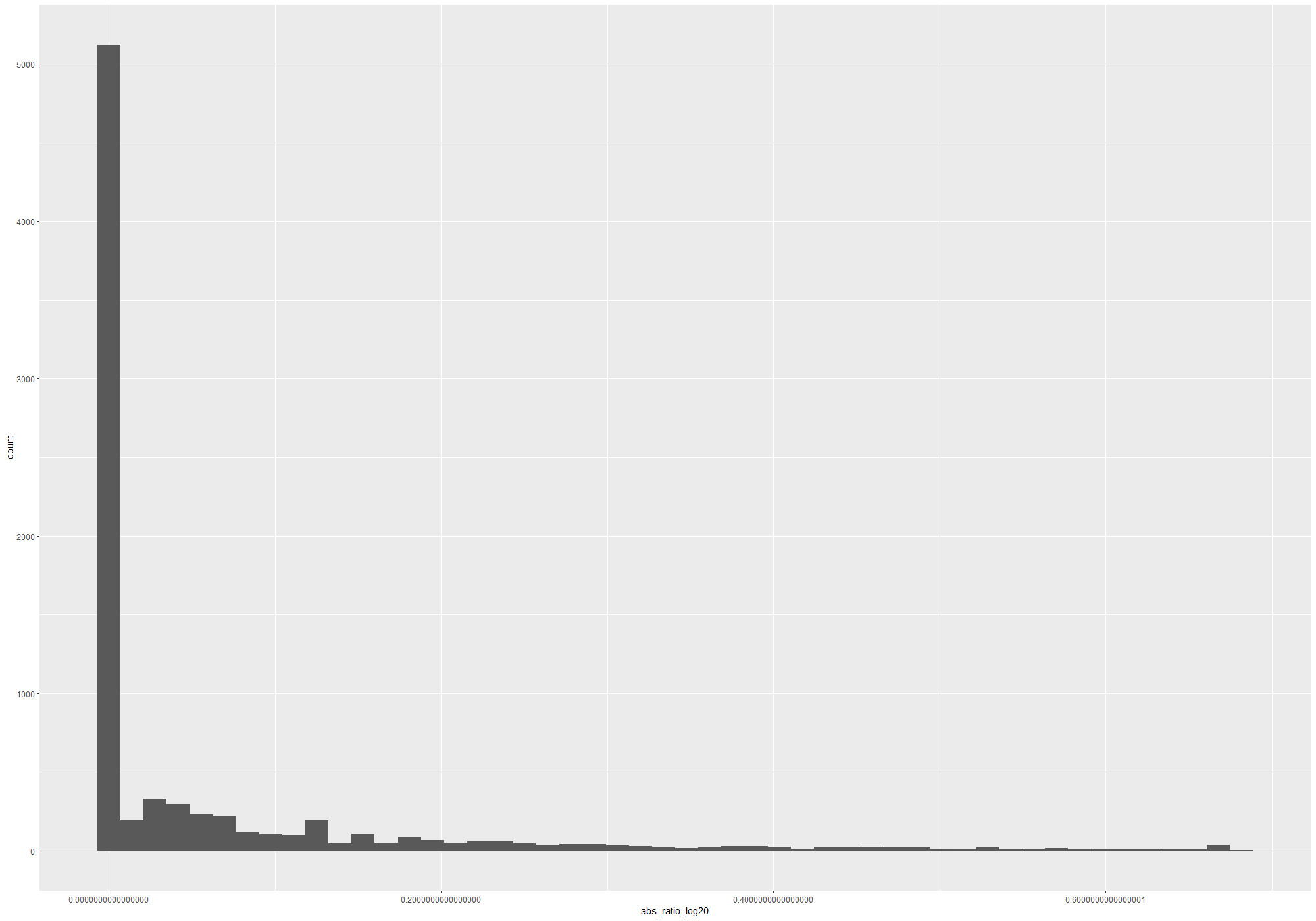I am interested in explaining what kind of personal characteristics and work environment variables are associated with sickness absenteeism.
My dependent variable is the total number of days a given employee falls sick.
My question is twofold:
Given that not all employees are present for the same amount of time (in months or days) over a year, should I account for this difference in number of days at the office by:
- including the number of days as a covariate (DV is thus a discrete count ),
- or by rescaling my dependent variable ($DV = \frac{nb-days-sick}{nb-days-supposed-to-be-working}$, i.e. a continuous DV)?
- (Depending on the answer to the first question) Which statistical specification is most appropriate in this context?
Many employees never fell sick and hence there are many 0s, but they could have fell sick; hence hurdle models do not seem appropriate. There are also some extreme values, with some employees being sick for most or all of the year. See above the distribution of the original and rescaled dependent variable.
I thought about using a log transformation ($log(DV+1)$) for my rescaled DV but the distribution is still not normal (see below)
 If I use the rescaled DV then usual count model (Negative Binomial, zero-inflated Poisson) are no longer appropriate. I also thought about a Tobit model but non-0 value would then need to be distributed under a Weibull or Exponential distribution. Any thoughts?
If I use the rescaled DV then usual count model (Negative Binomial, zero-inflated Poisson) are no longer appropriate. I also thought about a Tobit model but non-0 value would then need to be distributed under a Weibull or Exponential distribution. Any thoughts?
My knowledge of these distributions is very limited and it would be great to receive some feedback! I am using R; mostly glm, AER and vglm so far.

